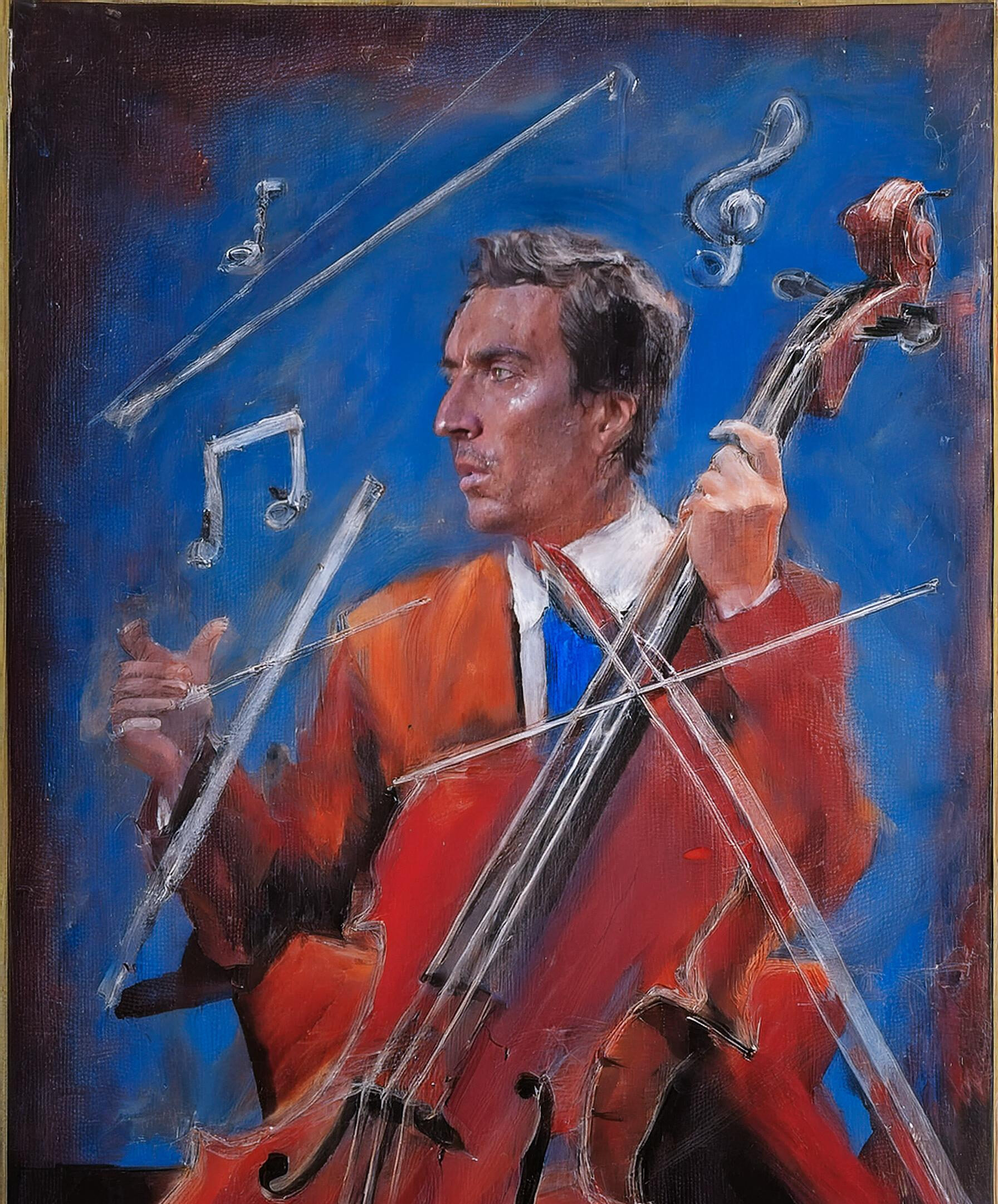Music and mathematics—two seemingly unrelated fields—have a deep and intricate connection that has fascinated thinkers for centuries. From the rhythm in a song to the harmony in a symphony, mathematical principles are embedded in every note, beat, and chord. Whether it’s the steady beat of a drum or the complex harmonies of a Bach fugue, mathematics underlies the very essence of music, shaping it in ways that both musicians and listeners intuitively understand, even if they’re unaware of the science behind it.
The Basics: Rhythm and Time Signatures
At the most fundamental level, music is organized around rhythm, which is inherently mathematical. Rhythm relies on patterns of beats and rests, creating time signatures that guide a piece of music. For instance, a 4/4 time signature—one of the most common in Western music—means there are four beats in a measure, with each beat being a quarter note. This framework creates a mathematical grid upon which music is constructed.
Subdividing beats into smaller units introduces fractions into the mix. In a 4/4 time signature, a half note lasts for two beats, a quarter note lasts for one, an eighth note for half a beat, and so on. This division of time reflects mathematical principles that allow composers to create complex rhythms and syncopations, playing with expectations and keeping listeners engaged. The interplay between these rhythmic subdivisions often follows mathematical patterns, like those found in fractions, geometric sequences, or Fibonacci numbers.
Harmonics: The Mathematics of Sound
Moving beyond rhythm, we delve into the mathematics of sound itself. Every musical note corresponds to a particular frequency—a specific number of vibrations per second. For example, the note A above middle C has a frequency of 440 Hz, meaning it vibrates 440 times per second. When a musician plays a note, they are actually producing a sound wave with a specific frequency, which can be described mathematically.
Moreover, the notes that sound harmonious together—like a C and a G played simultaneously—are mathematically related by simple frequency ratios. In the case of C and G, the ratio of their frequencies is 3:2, a relationship that has been pleasing to human ears for centuries. This concept of harmony is deeply rooted in the mathematical study of acoustics. Pythagoras, the ancient Greek mathematician, was among the first to discover that notes with simple numerical ratios, like 2:1 (an octave) or 5:4 (a major third), sound harmonious when played together. These ratios form the basis of Western musical scales and are key to understanding how different notes combine to create pleasing sounds.
The Fibonacci Sequence and Music Composition
The Fibonacci sequence, a series of numbers where each number is the sum of the two preceding ones (1, 1, 2, 3, 5, 8, 13, etc.), is often found in nature—from the spirals of shells to the branching of trees. Interestingly, this mathematical sequence also appears in music. Some composers, consciously or unconsciously, structure their compositions around the Fibonacci sequence to create natural-sounding music. For example, Béla Bartók, a Hungarian composer, frequently used the Fibonacci sequence to determine the structure and length of his musical phrases, achieving a balance and form that feels inherently organic.
Similarly, the “golden ratio” (approximately 1.618), closely related to the Fibonacci sequence, is another mathematical concept found in music. Many pieces of classical music, from Mozart to Debussy, are said to follow this ratio in their structure, such as in the length of different sections of a composition, providing a sense of proportion and beauty that mirrors patterns found in nature and art.
The Fourier Transform: Analyzing Sound Waves
Modern digital music analysis relies heavily on mathematical tools like the Fourier transform, a method that breaks down complex sound waves into their basic components, or sine waves. This tool is essential for audio engineers and scientists studying sound, allowing them to visualize and manipulate sound waves mathematically. The Fourier transform helps to compress digital audio files, remove noise from recordings, and even create synthetic music, showcasing the intersection of mathematics, technology, and creativity.
The Harmony of Math and Music
Ultimately, the relationship between mathematics and music is one of harmony—an interplay of numbers and notes that transcends mere sound. The mathematical patterns and structures in music provide a foundation for creativity, giving musicians and composers a framework within which to innovate and express themselves. As our understanding of both fields deepens, the ancient dance between math and music continues, revealing new insights into the fundamental nature of rhythm, harmony, and beauty.
Music, then, is not just an art form but also a mathematical endeavor—a beautiful symphony where numbers come alive, resonate, and create the melodies and rhythms that move us.
written by MD Afif Mahtab
Why Do Certain Musical Notes Sound Good Together?




